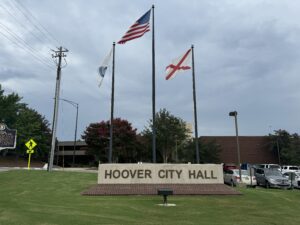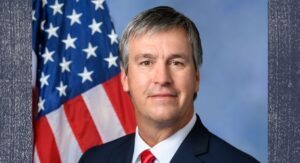Senate backs major public lands, conservation bill
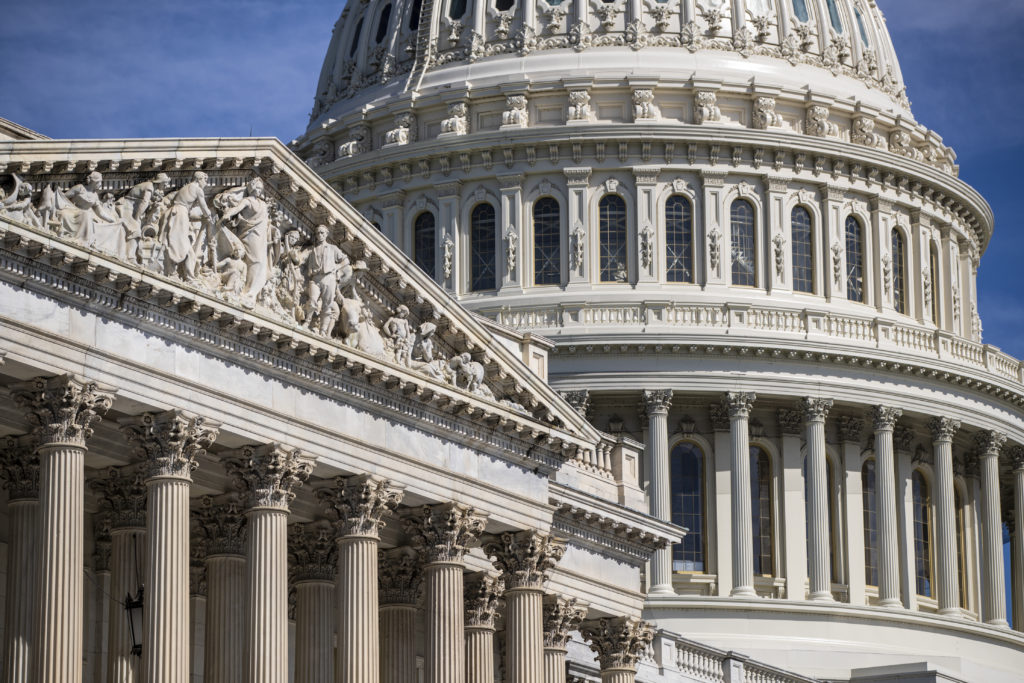
The Senate on Tuesday approved a major public lands bill that revives a popular conservation program, adds 1.3 million acres of new wilderness, expands several national parks and creates five new national monuments. The measure, the largest public lands bill considered by Congress in a decade, combines more than 100 separate bills that designate more than 350 miles of river as wild and scenic, add 2,600 miles of new federal trails and create nearly 700,000 acres of new recreation and conservation areas. The bill also withdraws 370,000 acres in Montana and Washington state from mineral development. The Senate approved the bill, 92-8, sending it to the House. Lawmakers from both parties said the bill’s most important provision was to permanently reauthorize the federal Land and Water Conservation Fund, which supports conservation and outdoor recreation projects across the country. The program expired last fall after Congress could not agree on language to extend it. “The Land and Water Conservation Fund has been a pre-eminent program for access to public lands” for more than 50 years, said Sen. Maria Cantwell, D-Washington. The program has supported more than 42,000 state and local projects throughout the U.S. since its creation in 1964. The hodgepodge bill offered something for nearly everyone, with projects stretching across the country. Even so, the bill was derailed last year after Republican Sen. Mike Lee objected, saying he wanted to exempt his home state of Utah from a law that allows the president to designate federal lands as a national monument protected from development. Lee’s objection during a heated Senate debate in December forced lawmakers to start over in the new Congress, culminating in Tuesday’s Senate vote. Sen. Cory Gardner, a Colorado Republican who clashed with Lee on the Senate floor, said the vote caps four years of work to reauthorize the Land and Water Conservation Fund and protect public lands. Sen. Lisa Murkowski, Republican-Alaska, who chairs the Senate Energy and Natural Resources Committee, said the bill enhances use of public lands and water, while promoting conservation and sporting activities such as hunting and fishing. The bill includes provisions sponsored by more than half of the senators, Murkowski said, applauding a “very, very collaborative” process. She and other senators called the Land and Water Conservation Fund one of the most popular and effective programs Congress has ever created. The program uses federal royalties from offshore oil and gas drilling to fund conservation and public recreation projects around the country. The fund is authorized to collect $900 million a year but generally receives less than half that amount from Congress. “This victory was a long time in the making, and it is the result of the steadfast efforts of many who care deeply about America’s natural treasures,” said Sen Richard Burr, Republican-N.C. “Protecting this program is the right thing to do for our children, grandchildren and countless generations so that they may come to enjoy the great American outdoors as we have.” The bill creates three new national monuments to be administered by the National Park Service and two others overseen by the Forest Service and Bureau of Land Management, respectively. The three park service monuments are the Medgar and Myrlie Evers Home National Monument in Mississippi and the Mill Springs and Camp Nelson national monuments in Kentucky. The Evers site was the home of the slain civil rights leader, while Mill Springs commemorates a Civil War battlefield. Camp Nelson was used as Union Army hospital and recruiting center during the Civil War. President Donald Trump proclaimed Camp Nelson a national monument last year, but the bill gives it permanent, congressionally approved protection. The bill also designates the former Saint Francis Dam site in California as a national memorial and monument. The dam outside Los Angeles collapsed in 1928, killing 431 people in one of the largest tragedies in California history. “While this monument will serve as a reminder of the consequences of a failure of infrastructure, it offers a lesson going forward,” said Sen. Kamala Harris, Democrat-Calif. The bill also sets aside 850 acres in central Utah as the Jurassic National Monument, designed to enhance the area’s “paleontological, scientific, educational and recreational resources.” Republished with permission from the Associated Press
Kay Ivey announces $33 million for Ala. restoration and conservation projects
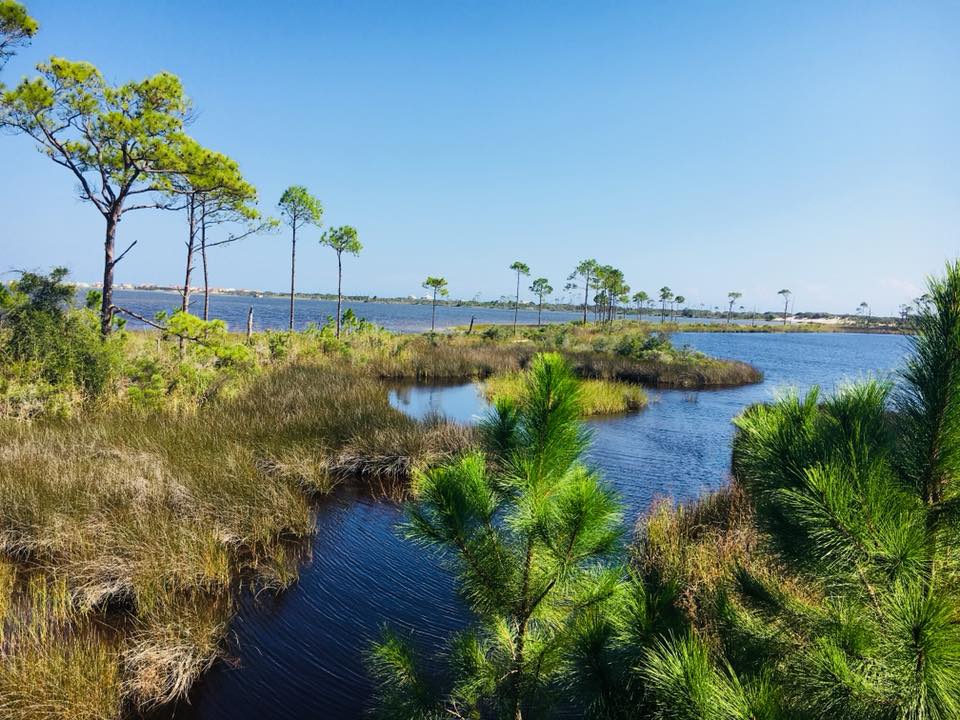
Governor Kay Ivey on Tuesday announced the National Fish and Wildlife Foundation (NFWF) has approved more than $33.5 million for five new projects and amendments to two existing projects that focus on the restoration and conservation of Alabama’s natural resources. “The harm caused by the 2010 Deepwater Horizon oil spill remains ever-present in our minds today,” Ivey said. “This additional $33 million in funding for Alabama from the National Fish and Wildlife Foundation will further strengthen our long-term recovery efforts along the Gulf Coast. The commitment of our local, state, and federal partners to ensure the long-term sustainability of our coastal areas is greatly appreciated.” In 2013, a U.S. District Court approved two plea agreements resulting from the criminal charges against BP and Transocean as responsible parties to the Deepwater Horizon oil spill. The settlement directs a total of $2.54 billion to NFWF to establish a Gulf Environmental Benefit Fund (GEBF) over a five-year period to support ecological projects in all five Gulf States. A total of $356 million will be paid into the GEBF for conservation projects dedicated to the State of Alabama. Alabama 2017 projects Bon Secour National Wildlife Refuge Acquisition: $5.9 million This project proposes the acquisition of a 251-acre property identified by the U.S. Fish and Wildlife Service (USFWS) as among its highest priorities in the state of Alabama. The parcel will be deeded to the USFWS for inclusion and management within Bon Secour National Wildlife Refuge (BSNWR). The property represents an important priority area within the authorized acquisition boundary of the Refuge and includes scrub/shrub, pine flatwood, saltwater marsh, and tidal creek habitats, with permanent and semi-permanent wetlands scattered across the parcel. Dauphin Island Bird Habitat Acquisition and Enhancement Program: $4.5 million This project will enhance coastal bird habitat along one mile of recently restored beach that is immediately adjacent to a 200 acre bird sanctuary on Dauphin Island. The project will include sand fencing, dune plantings, signage, stewardship, and, if necessary, additional sand placement. Additionally, funding is included to acquire and enhance important bird habitats on Dauphin Island to benefit shorebirds, wading birds and seasonal migrants. Due diligence and landowner outreach will be undertaken as the first step to acquire an estimated 13 acres of undeveloped habitat to protect critically important migratory stopover habitat and facilitate management of contiguous blocks of conservation lands. Lands acquired through this project will be deeded to and managed by the Dauphin Island Bird Sanctuary (DIBS). DIBS will also undertake prescribed fire and invasive species management to enhance the ecological value of these newly-protected habitats. Little Dauphin Island Restoration Assessment: $1.4 million This project will provide funding to study both nearshore and onshore restoration options for a future project to enhance and protect Little Dauphin Island. Included in the Bon Secour National Wildlife Refuge managed by the U.S. Fish and Wildlife Service, Little Dauphin Island is an important nesting and foraging area for several coastal bird species, including several imperiled shorebird species. Mobile Bay Shore Habitat Conservation and Acquisition Initiative – Phase II: $6.9 million Phase II of the Mobile Bay Shore Habitat Conservation and Acquisition Initiative will acquire, restore and preserve intact high‐priority, undeveloped properties within three specific areas of the City of Mobile. These three priority intertidal habitat areas include riparian, wetland and upland habitats that are used by a variety of fish and wildlife species injured by the Deepwater Horizon oil spill. Salt Aire Shoreline Restoration: $12.7 million This project leverages the earlier acquisition of the 233-acre Salt Aire property (2015 GEBF) and proposes protection of degraded shoreline and restoration of 30 acres of associated coastal marsh on the western shore of Mobile Bay. Construction of wave attenuation structures and the beneficial use of dredge material for marsh creation are both envisioned. The 2015 GEBF award funded both the acquisition of the property and engineering and design of the requested restoration work. “Today’s announcement brings the total amount of NFWF GEBF-funded projects in the State of Alabama to $148 million, and it represents the culmination of close to a year-long process of coordinating with our local partners to identify those projects which will significantly enhance and restore our natural resources into the future,” Alabama Department of Conservation and Natural Resources Commissioner Chris Blankenship said. “We appreciate the hard work of all involved to bring these projects to fruition.” Additional information on each project will soon be available online.
Conservation advocates file lawsuit against Army Corps of Engineers over Black Warrior River mine
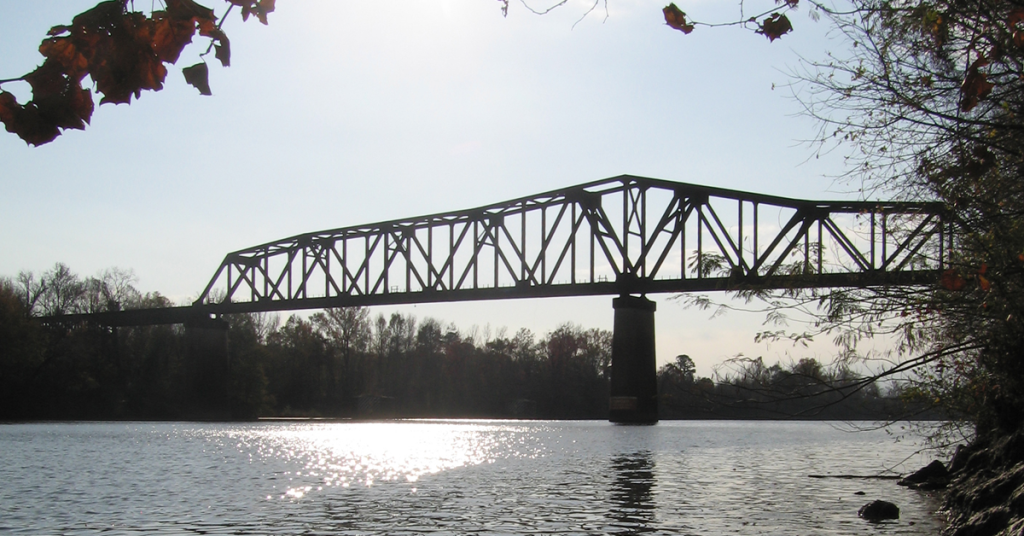
Conservation groups have filed a lawsuit challenging the U.S. Army Corps of Engineers‘ approval of a permit for a new mine on the Black Warrior River. Black Warrior Riverkeeper and Defenders of Wildlife filed the lawsuit Tuesday in Birmingham federal court. It accuses the Corps of Engineers of failing to fully weigh the effect on endangered wildlife and water quality by the filling of streams and wetlands. It also says the agency failed to consider the cumulative effect of the multiple mines located along the Warrior River. The river twists through coal-rich areas of the state According to the lawsuit, the Corps of Engineers granted the permit last year to Global Met Coal Corp. for Black Creek Mine. Republished with permission of The Associated Press.

